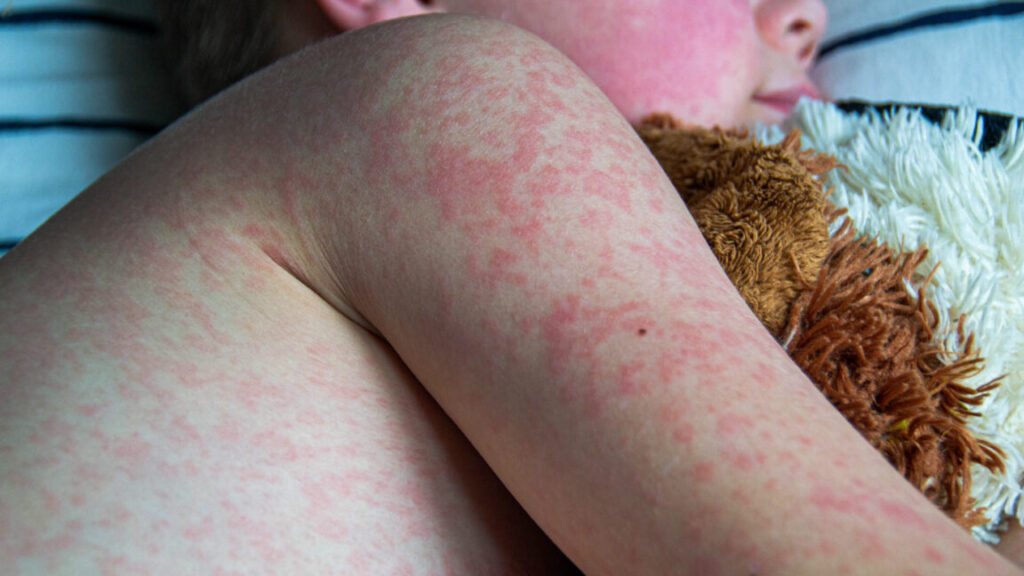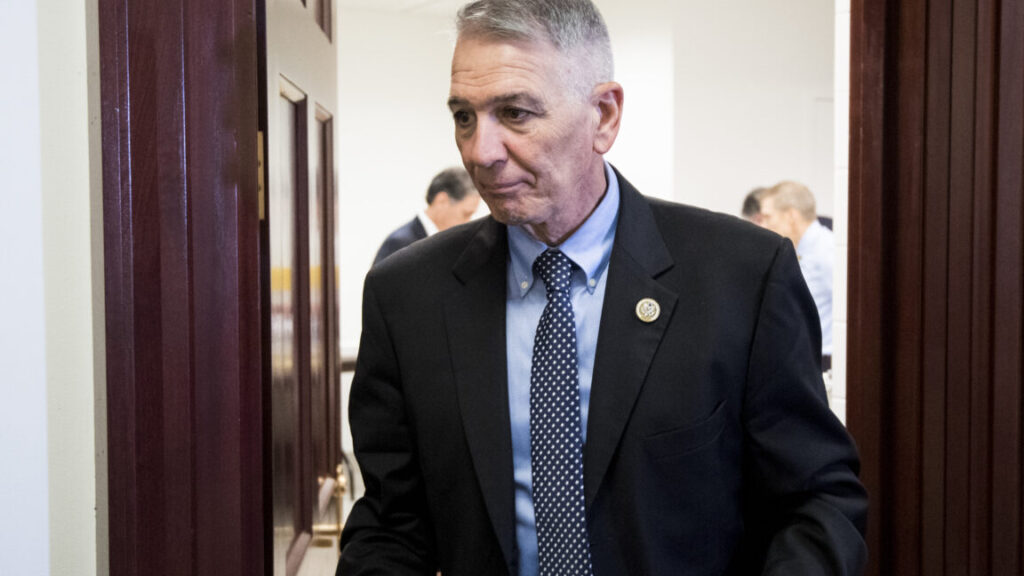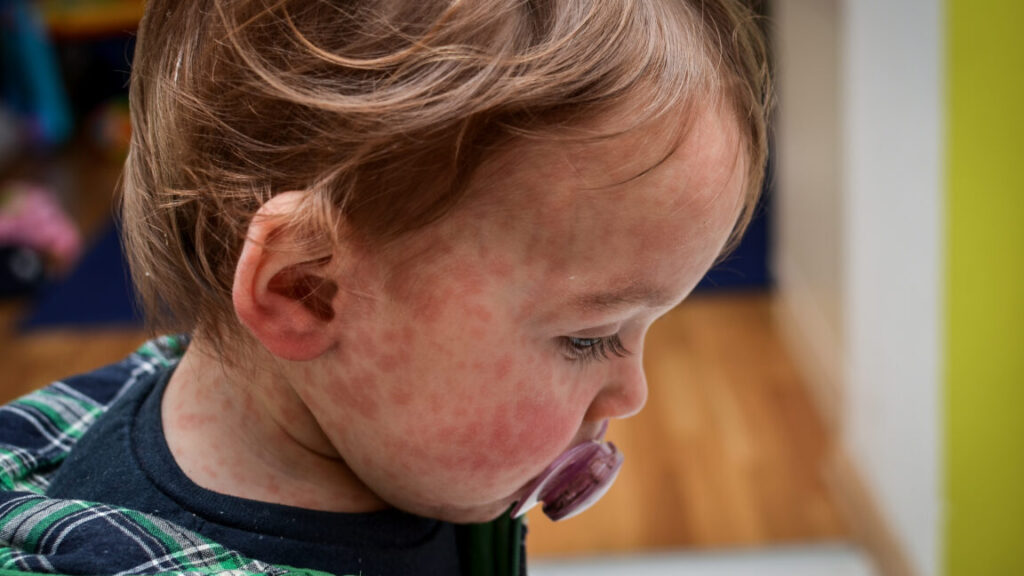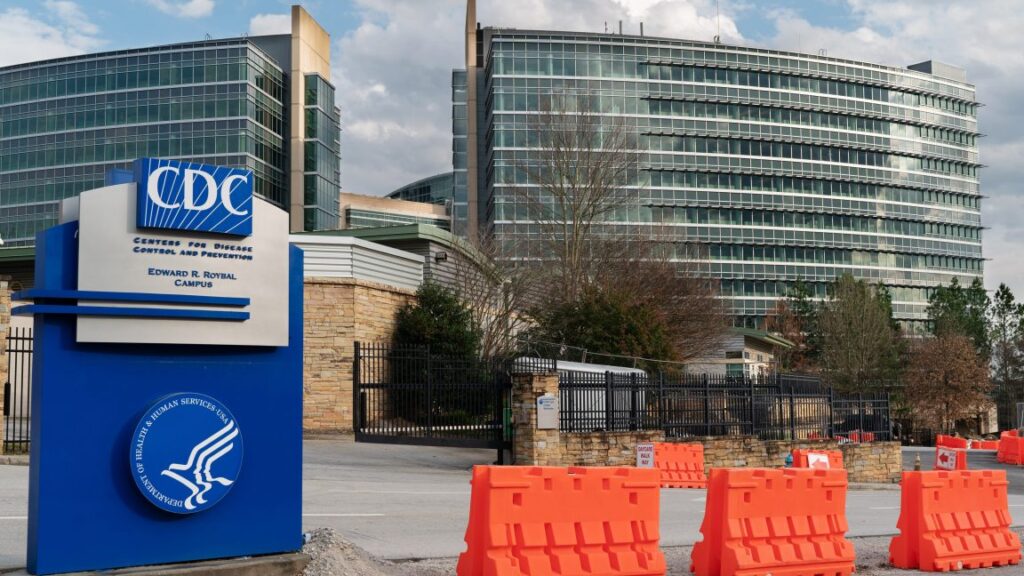COVID shots protect kids from long COVID—and don’t cause sudden death
Benefits and a non-existent risk
Using an adjusted odds ratio, the researchers found that vaccination reduced the likelihood of developing long COVID with one or more symptoms by 57 percent, and reduced the likelihood of developing long COVID with two or more symptoms by 73 percent. Vaccination prior to infection was also linked to a 75 percent reduction in risk of developing long COVID that impacted day-to-day functioning. The authors note that the estimates of protection are likely underestimates because the calculations do not account for the fact that vaccination prevented some children from getting infected in the first place.
“Our findings suggest that children should stay up to date with current COVID-19 vaccination recommendations as vaccination not only protects against severe COVID-19 illness but also protects against [long Covid],” the authors conclude.
In a second short report in JAMA Network Open, researchers helped dispel concern that the vaccines could cause sudden cardiac arrest or sudden cardiac death in young athletes. This is an unproven claim that was fueled by anti-vaccine advocates amid the pandemic, including the new US Health Secretary and long-time anti-vaccine advocate Robert F. Kennedy Jr.
While previous analyses have failed to find a link between COVID-19 vaccines and sudden cardiac deaths, the new study took a broader approach. The study, led by researchers at the University of Washington, looked at whether the number of sudden cardiac arrests (SCA) and sudden cardiac deaths (SCD) among young athletes changed at all during the pandemic (2020–2022) compared with prior years (2017–2019). The researchers drew records from the National Center for Catastrophic Sports Injury Research. They also collected medical records and autopsy reports on cases among competitive athletes from the youth, middle school, high school, club, college, or professional levels who experienced sudden cardiac arrest or death at any time.
In all, there were 387 cases, with no statistically significant difference in the number of cases in the years prior to the pandemic (203) compared with those during the pandemic (184).
“This cohort study found no increase in SCA/SCD in young competitive athletes in the US during the COVID-19 pandemic, suggesting that reports asserting otherwise were overestimating the cardiovascular risk of COVID-19 infection, vaccination, and myocarditis,” the authors conclude.
COVID shots protect kids from long COVID—and don’t cause sudden death Read More »











